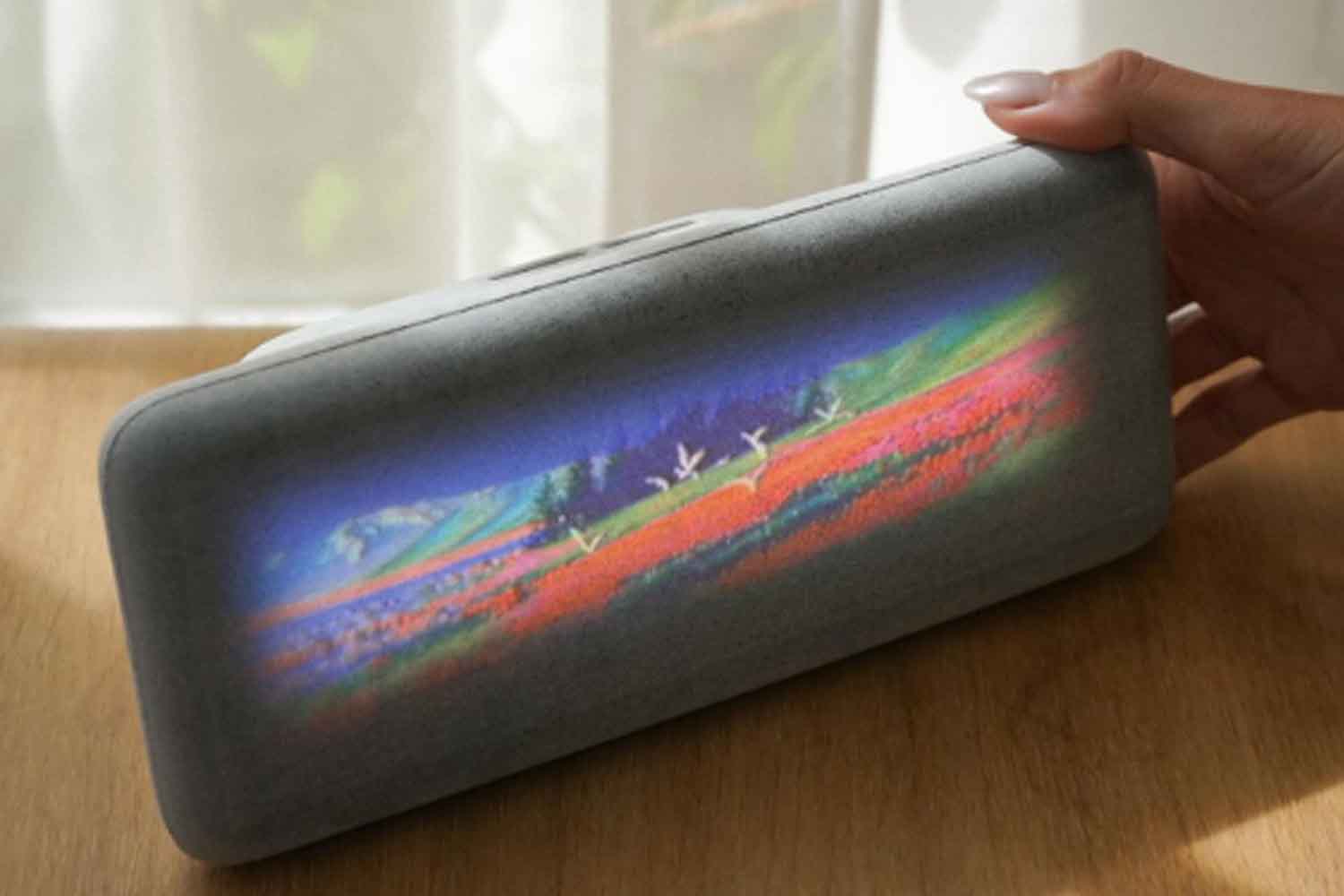The Dream Recorder transforms verbal dream descriptions into AI-generated videos using open-source hardware and a $325 setup. It’s not mind-reading, but it’s pure dreamcraft.

@modem.works/Instagram
How it works (and what it definitely doesn’t do)
Let’s get one thing straight: this is not a mind-reading machine. Despite the buzz some media outlets have stirred up, the Dream Recorder—developed by the Dutch studio Modem—doesn’t decode your dreams straight from your brainwaves. It doesn’t tap into your REM cycles or eavesdrop on your neurons mid-slumber.
What it does is simpler, and arguably more poetic. Upon waking, you speak into a microphone, describing your dream in as much detail as you can muster. The device—built with off-the-shelf electronics costing around $325 (approximately €300) and housed in a 3D-printed shell—captures that audio and feeds it into an AI system. The language is converted into image prompts, and the machine generates video footage from those. The result? Surreal, dreamlike clips, like paintings in motion—fragments of your imagination, filtered through the lens of generative tech.
Not science fiction, not snake oil
The beauty of the Dream Recorder lies in its clarity about what it isn’t. It doesn’t scan your subconscious. It doesn’t reveal hidden truths. It doesn’t even pretend to tell you what your dream “means.” What you see is a creative reconstruction, not a neurological footprint.
And yet, that may be exactly why it’s so compelling. In a world obsessed with data, precision, and surveillance, there’s something refreshingly speculative—almost playful—about a device that trusts your words, your memory, your imagination. It’s like an old-fashioned dream journal, only visual and shareable.
Open-source tech meets inner worlds
Here’s another twist: the Dream Recorder is entirely open-source. Modem isn’t selling it; they’re inviting you to build it. All files needed for 3D printing, as well as instructions and code, are freely available online. That DIY ethos isn’t just practical—it’s political. It’s a stance on who gets to explore technology, and for what purpose.
As Modem explains, this isn’t a product. It’s a “speculative tool”—a provocation more than a promise. It doesn’t aim to monetize your subconscious or decode the human psyche. It just asks: what happens when AI meets the dreamworld, and we get to curate the results?
A new kind of dream journal
If there’s a deeper function to the Dream Recorder, it may be in how it encourages us to engage with our inner lives. By narrating your dream and watching it come to life, you participate in a strange but intimate act of storytelling. One that’s part memory, part myth, part machine.
It’s worth asking: what does it mean to share your dreams with an algorithm? What part of your imagination are you surrendering—and what might you discover in return? The Dream Recorder doesn’t offer answers. But it invites questions, and sometimes that’s the most valuable thing a piece of technology can do.
Source: Modemworks
